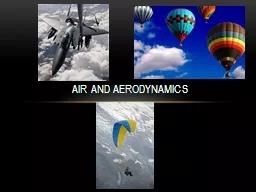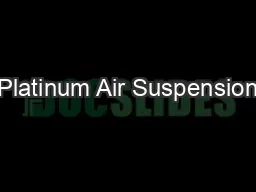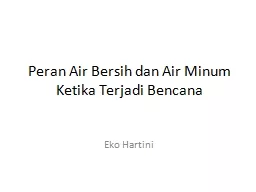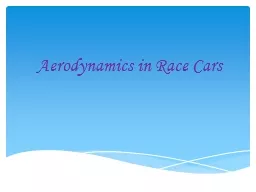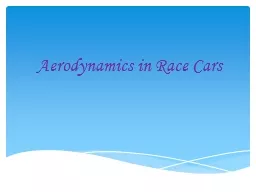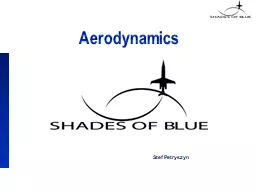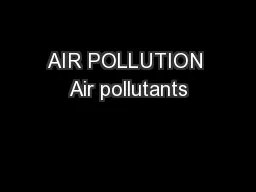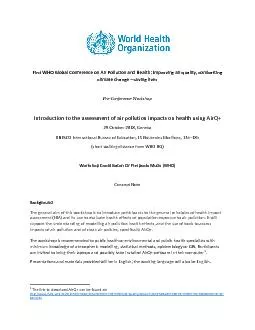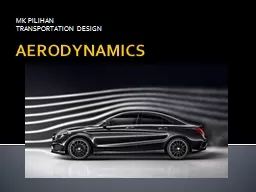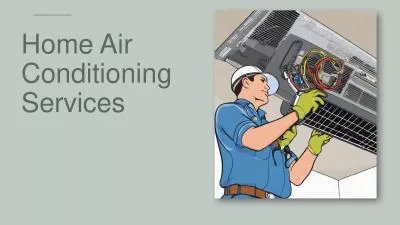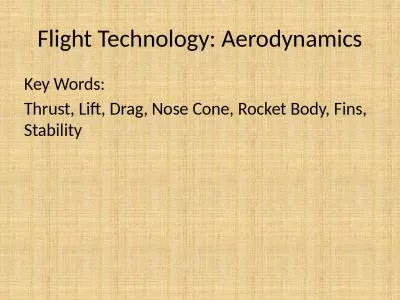PPT-Air and aerodynamics
Author : min-jolicoeur | Published Date : 2017-07-12
First off In order to fly the downward force of gravity must be overcome Period This holds equally true for balloons birds bullets bats insects kites planes and
Presentation Embed Code
Download Presentation
Download Presentation The PPT/PDF document "Air and aerodynamics" is the property of its rightful owner. Permission is granted to download and print the materials on this website for personal, non-commercial use only, and to display it on your personal computer provided you do not modify the materials and that you retain all copyright notices contained in the materials. By downloading content from our website, you accept the terms of this agreement.
Air and aerodynamics: Transcript
Download Rules Of Document
"Air and aerodynamics"The content belongs to its owner. You may download and print it for personal use, without modification, and keep all copyright notices. By downloading, you agree to these terms.
Related Documents

